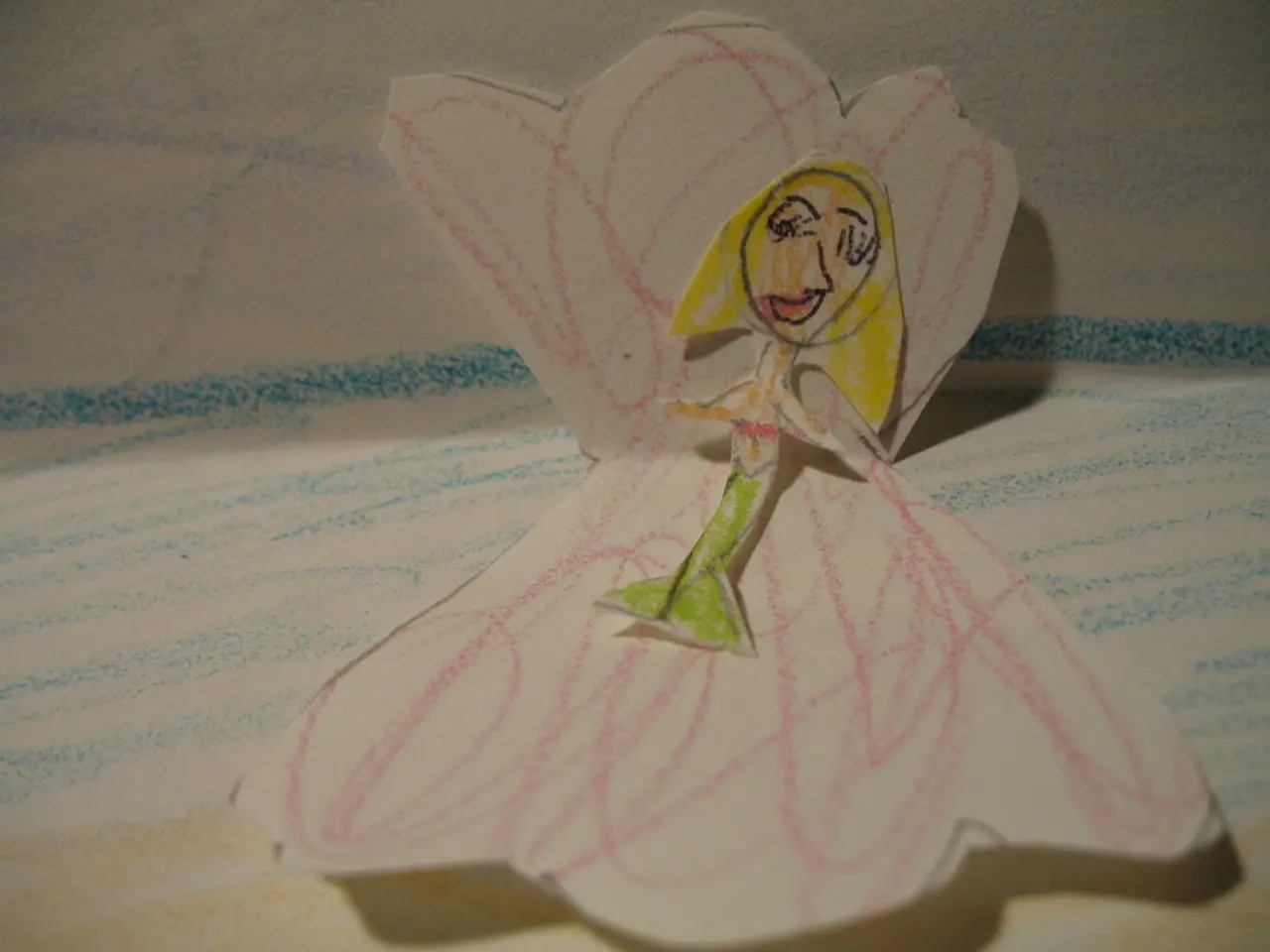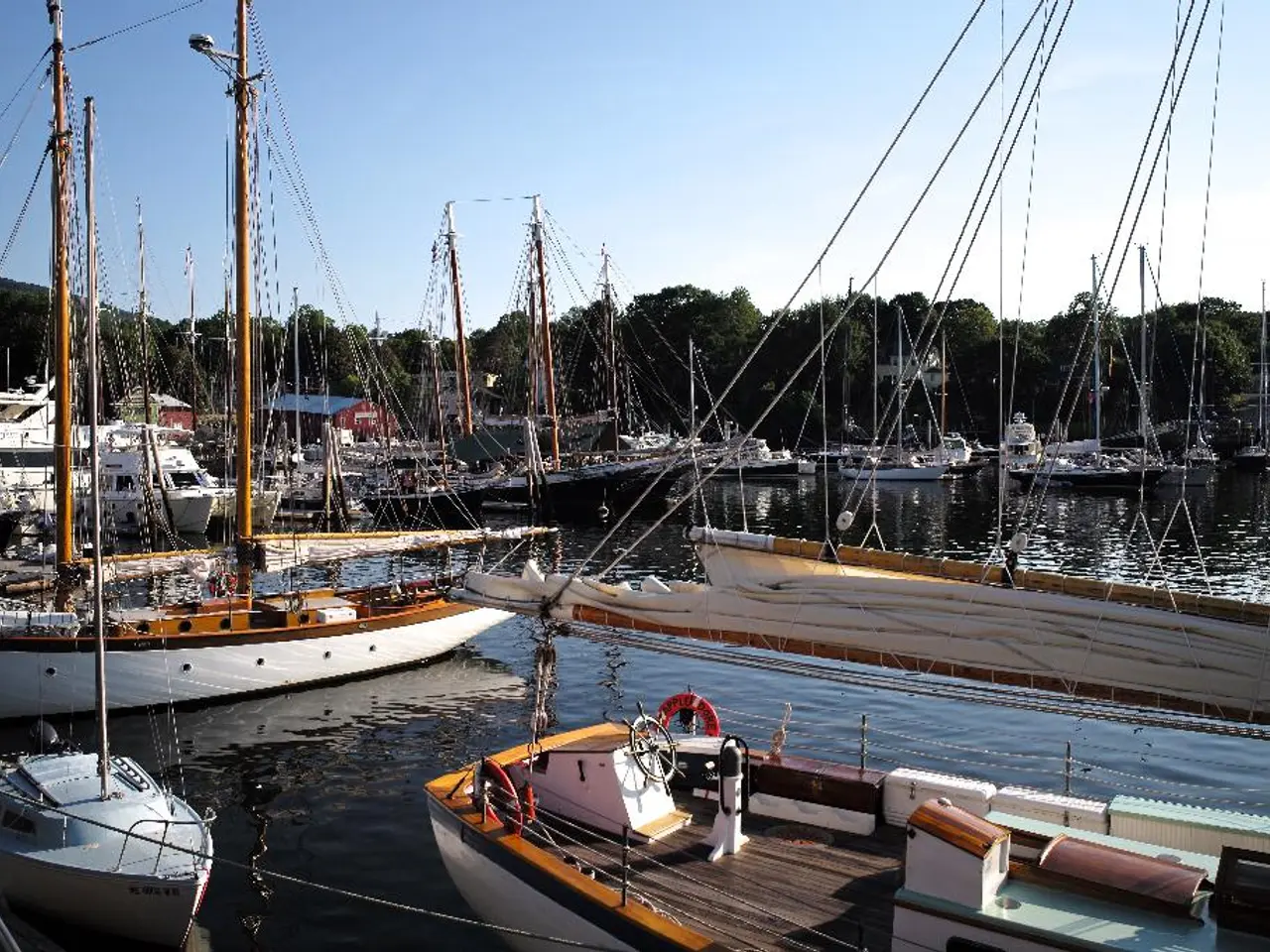RocketBrush Studio's Procedure for Estimating Art Outsourcing Costs
In the dynamic world of game development, a reputable concept art studio has revealed its structured approach to game art estimation. This multi-step process ensures that creative goals align with technical requirements and cost/time considerations.
Initial Consultation and Conceptualization
The studio begins by immersing itself in the game's vision, storyline, style, and specific art needs. Through detailed discussions with the client, they clarify the scope and artistic direction to be pursued.
Research and Initial Sketching
Armed with a clear understanding of the project, artists create preliminary sketches and designs that form the foundation for the final art assets. This phase includes ideation and gathering reference material.
Proposal of Scope and Ballpark Estimation
With the concept defined, the studio estimates the volume and complexity of assets needed. This includes defining the types of assets (characters, environments, props), the style (realistic, cartoon), and the quantity (number of variations, poses, angles). Tools or experience-based models may be used to calculate approximate budgets and timelines.
Detailed Estimation and Timeline Development
The studio breaks down the project into deliverables and estimates time per asset type, accounting for complexity levels. For example, simple character concepts may take 4-16 hours for sketches and detailing, whereas complex designs can take 32-60+ hours per character, including multiple views and poses. This detailed timeline supports accurate resource planning and budgeting.
Formal Proposal and Agreement
A formal proposal is created, outlining cost, timeline, milestones, and deliverables. After client approval, the team proceeds to production following the agreed plan.
Iterative Design and Testing Integration
During production, artists refine artwork through iterations, testing colours, textures, and animations to align with game requirements. After finalization, the assets are integrated into the game engine, ensuring functionality and immersion.
The studio has a list of essentials for 3D modeling. The game's genre, inspiration sources, gameplay mechanics, and lore are essential details to share. Anything that helps the team understand the visual style of the game can be used as a reference. Visual references are crucial for communicating the desired visual style of the game.
Relevant visual references can be screenshots from similar games, in-game art, sketches, concepts, or gameplay gifs. These references should emphasize detailed art. The studio has expertise in concept art and can effectively meet artistic and narrative goals.
It is worth noting that the studio can create 3D models from 2D characters, can create game art of any desired level of detail, and is interested in knowing sensitive information, willing to sign an NDA. The characters may be cropped later on screen/card, and the characters can be provided with or without background. Providing information about even slight details is highly appreciated. The studio can adjust game art according to art outsourcing estimation.
For those embarking on a new project, a new project brief example is available for reference. This transparency and attention to detail make the studio a reliable partner in the game development journey.
- To ensure a perfect blend of aesthetics and functionality, the studio employs smart-home-devices such as gameplay gifs and reference material to better understand the visual style and details of a game.
- As the game art development proceeds, the studio meticulously integrates their gadgets, including 3D models and detailed concepts, into the game engine, fostering an immersive gameplay experience for the players.



